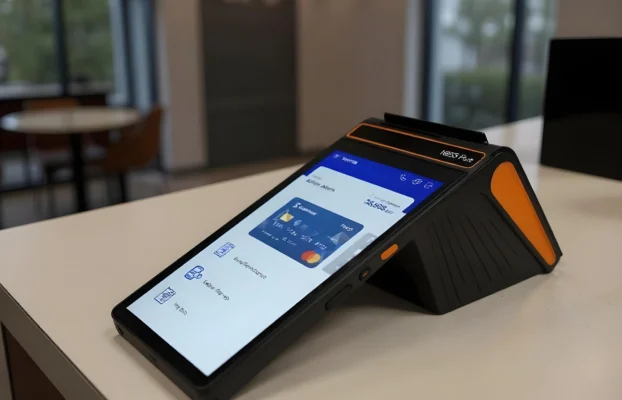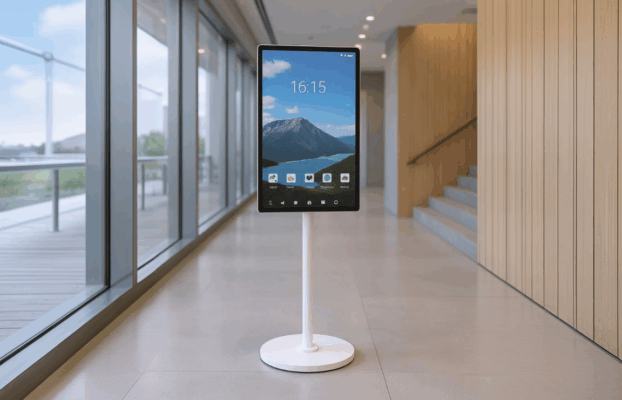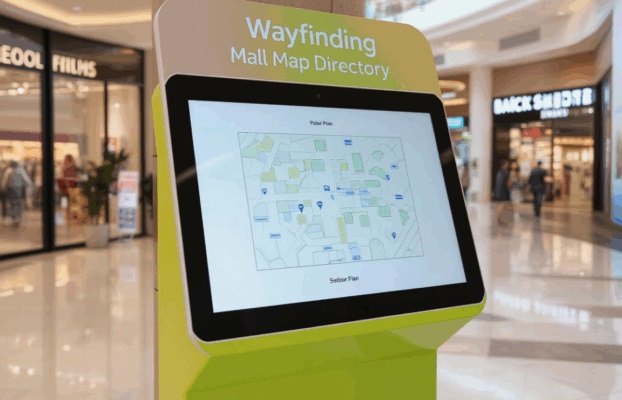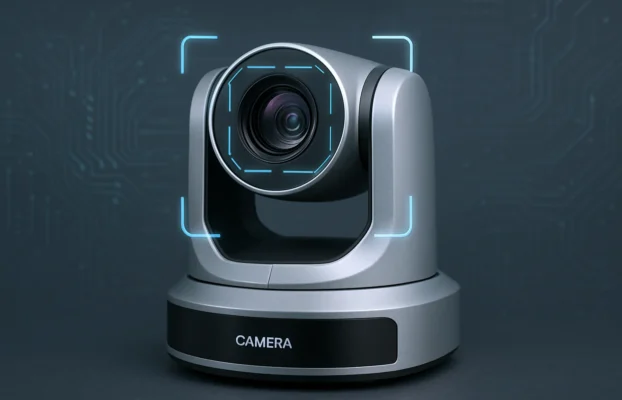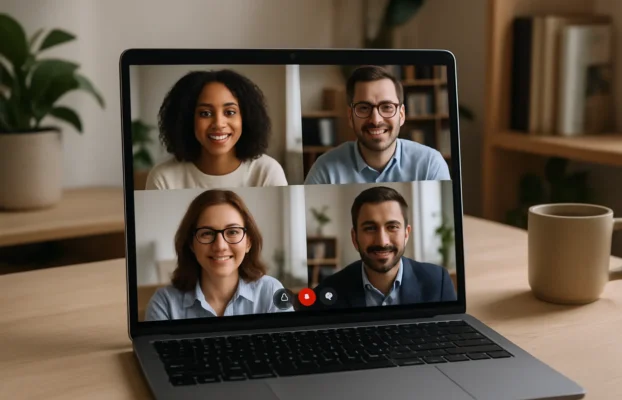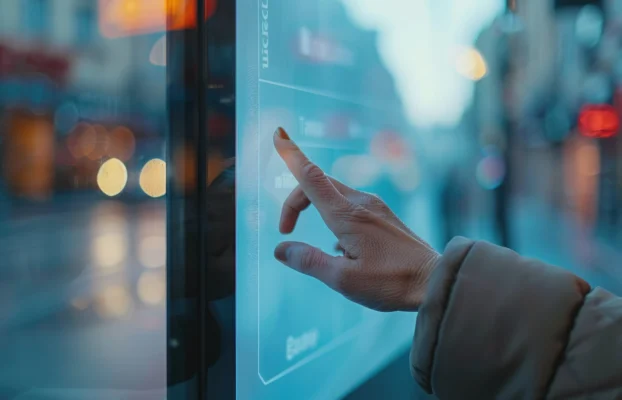In the ever-evolving landscape of education, the advent of virtual classrooms has reshaped the way students learn and teachers instruct. As we step into 2024, the virtual classroom experience has reached new heights, leveraging advanced technologies to foster interactive and engaging learning environments. At the forefront of this evolution is the integration of smartboards malaysia, revolutionizing traditional teaching methods and empowering educators to deliver dynamic lessons tailored to each student’s needs.
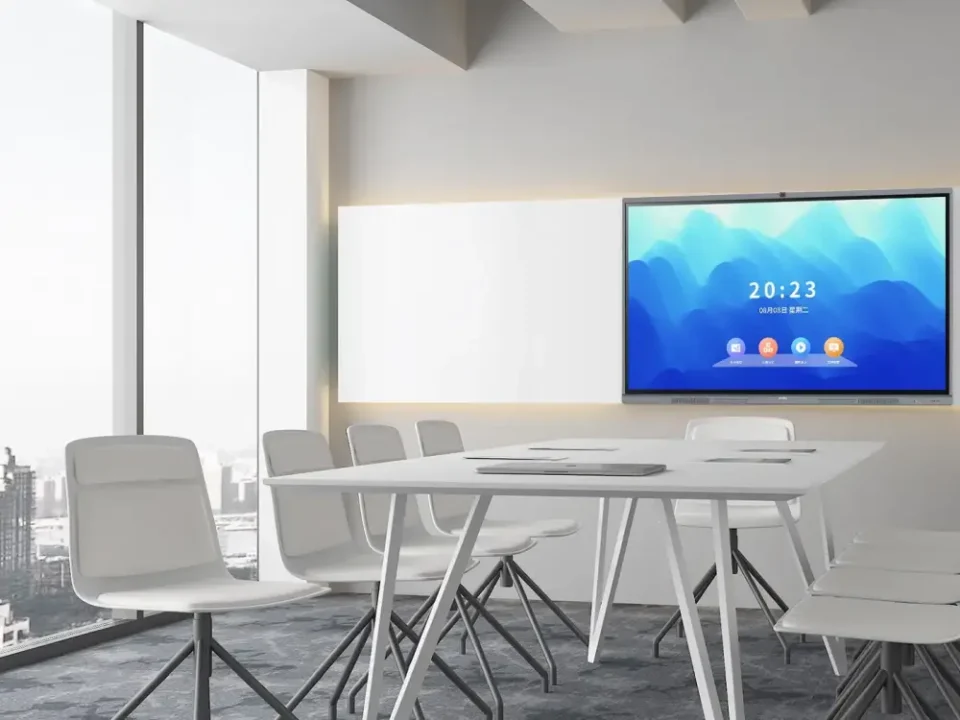 Virtual classrooms in 2024 have transcended the limitations of physical space, allowing students and teachers to connect and collaborate from anywhere in the world. Through video conferencing platforms and virtual learning environments, learners have access to a wealth of educational resources and opportunities, regardless of geographical barriers. This flexibility not only accommodates diverse learning styles but also promotes inclusivity and accessibility, ensuring that every student has the chance to thrive.
Central to the virtual classroom experience is the incorporation of smartboards, interactive whiteboards equipped with advanced functionalities that enhance teaching and learning. Unlike traditional chalkboards or static whiteboards, smartboards feature touch-sensitive surfaces and integrate seamlessly with digital content, enabling teachers to deliver multimedia-rich lessons with ease. Whether it’s annotating diagrams, displaying educational videos, or conducting real-time polls, smartboards empower educators to create immersive and interactive learning experiences that captivate students’ attention and promote active participation.
Virtual classrooms in 2024 have transcended the limitations of physical space, allowing students and teachers to connect and collaborate from anywhere in the world. Through video conferencing platforms and virtual learning environments, learners have access to a wealth of educational resources and opportunities, regardless of geographical barriers. This flexibility not only accommodates diverse learning styles but also promotes inclusivity and accessibility, ensuring that every student has the chance to thrive.
Central to the virtual classroom experience is the incorporation of smartboards, interactive whiteboards equipped with advanced functionalities that enhance teaching and learning. Unlike traditional chalkboards or static whiteboards, smartboards feature touch-sensitive surfaces and integrate seamlessly with digital content, enabling teachers to deliver multimedia-rich lessons with ease. Whether it’s annotating diagrams, displaying educational videos, or conducting real-time polls, smartboards empower educators to create immersive and interactive learning experiences that captivate students’ attention and promote active participation.
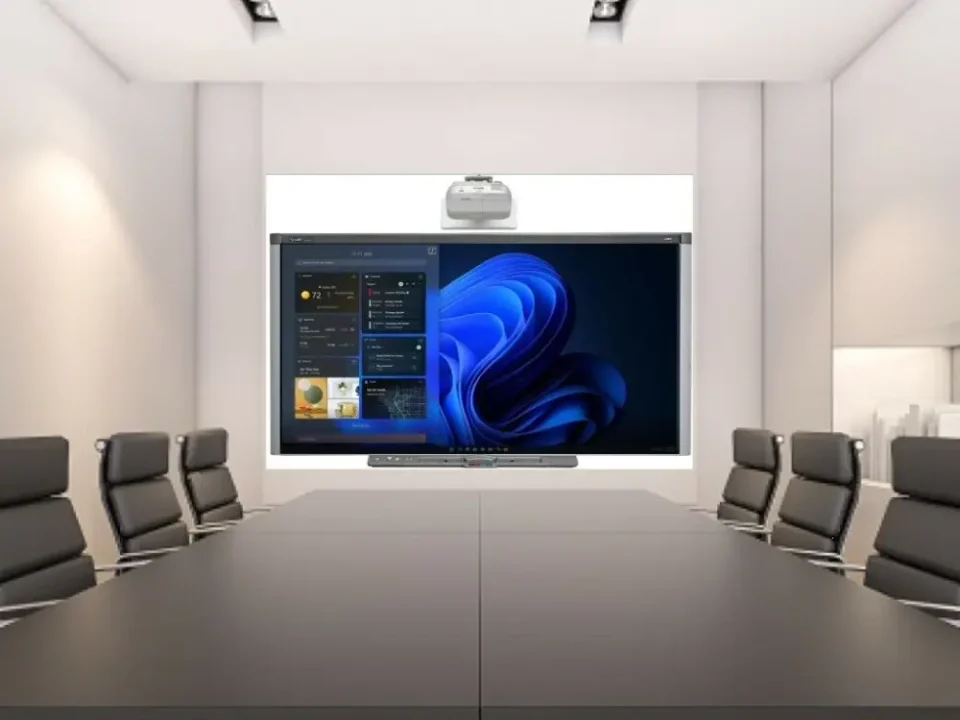 One of the key advantages of smartboards in virtual classrooms is their versatility. With a wide range of applications and software tools available, teachers can customize their lessons to suit the needs and interests of their students. For instance, educators can utilize interactive math software to demonstrate complex concepts visually, use virtual manipulatives for hands-on learning experiences, or integrate gamified activities to make learning more engaging and enjoyable. By leveraging the interactive capabilities of smartboards, teachers can cater to diverse learning styles and foster a more collaborative and dynamic learning environment.
Furthermore, smartboards facilitate real-time collaboration and feedback, enabling teachers to assess students’ understanding and adjust their instruction accordingly. Through features such as screen sharing and digital annotations, educators can provide personalized feedback on assignments, facilitate group discussions, and encourage peer-to-peer learning. This real-time interaction fosters a sense of community and collaboration among students, enhancing their learning experience and promoting academic growth.
In addition to enriching the teaching and learning process, smartboards in virtual classrooms also promote digital literacy and technological proficiency among students. By using digital tools and resources, learners develop essential 21st-century skills such as critical thinking, problem-solving, and communication. Moreover, exposure to technology-rich learning environments prepares students for success in an increasingly digital world, equipping them with the skills and competencies needed to thrive in the workforce of tomorrow.
One of the key advantages of smartboards in virtual classrooms is their versatility. With a wide range of applications and software tools available, teachers can customize their lessons to suit the needs and interests of their students. For instance, educators can utilize interactive math software to demonstrate complex concepts visually, use virtual manipulatives for hands-on learning experiences, or integrate gamified activities to make learning more engaging and enjoyable. By leveraging the interactive capabilities of smartboards, teachers can cater to diverse learning styles and foster a more collaborative and dynamic learning environment.
Furthermore, smartboards facilitate real-time collaboration and feedback, enabling teachers to assess students’ understanding and adjust their instruction accordingly. Through features such as screen sharing and digital annotations, educators can provide personalized feedback on assignments, facilitate group discussions, and encourage peer-to-peer learning. This real-time interaction fosters a sense of community and collaboration among students, enhancing their learning experience and promoting academic growth.
In addition to enriching the teaching and learning process, smartboards in virtual classrooms also promote digital literacy and technological proficiency among students. By using digital tools and resources, learners develop essential 21st-century skills such as critical thinking, problem-solving, and communication. Moreover, exposure to technology-rich learning environments prepares students for success in an increasingly digital world, equipping them with the skills and competencies needed to thrive in the workforce of tomorrow.
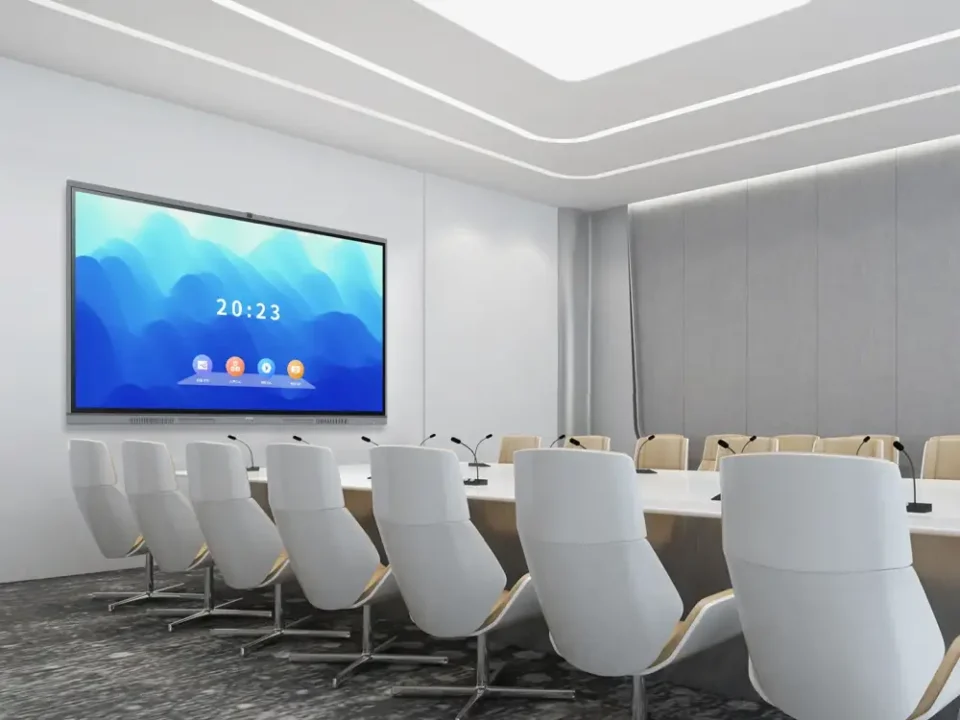 As we embrace the virtual classroom experience in 2024, the integration of smartboards stands as a testament to the transformative power of technology in education. By leveraging advanced functionalities and interactive features, smartboards empower educators to create dynamic and engaging learning environments that foster student engagement, collaboration, and academic achievement. As we continue to harness the potential of virtual classrooms and smartboard technology, the future of education looks brighter than ever, promising new opportunities for innovation, creativity, and lifelong learning.
As we embrace the virtual classroom experience in 2024, the integration of smartboards stands as a testament to the transformative power of technology in education. By leveraging advanced functionalities and interactive features, smartboards empower educators to create dynamic and engaging learning environments that foster student engagement, collaboration, and academic achievement. As we continue to harness the potential of virtual classrooms and smartboard technology, the future of education looks brighter than ever, promising new opportunities for innovation, creativity, and lifelong learning.
 Virtual classrooms in 2024 have transcended the limitations of physical space, allowing students and teachers to connect and collaborate from anywhere in the world. Through video conferencing platforms and virtual learning environments, learners have access to a wealth of educational resources and opportunities, regardless of geographical barriers. This flexibility not only accommodates diverse learning styles but also promotes inclusivity and accessibility, ensuring that every student has the chance to thrive.
Central to the virtual classroom experience is the incorporation of smartboards, interactive whiteboards equipped with advanced functionalities that enhance teaching and learning. Unlike traditional chalkboards or static whiteboards, smartboards feature touch-sensitive surfaces and integrate seamlessly with digital content, enabling teachers to deliver multimedia-rich lessons with ease. Whether it’s annotating diagrams, displaying educational videos, or conducting real-time polls, smartboards empower educators to create immersive and interactive learning experiences that captivate students’ attention and promote active participation.
Virtual classrooms in 2024 have transcended the limitations of physical space, allowing students and teachers to connect and collaborate from anywhere in the world. Through video conferencing platforms and virtual learning environments, learners have access to a wealth of educational resources and opportunities, regardless of geographical barriers. This flexibility not only accommodates diverse learning styles but also promotes inclusivity and accessibility, ensuring that every student has the chance to thrive.
Central to the virtual classroom experience is the incorporation of smartboards, interactive whiteboards equipped with advanced functionalities that enhance teaching and learning. Unlike traditional chalkboards or static whiteboards, smartboards feature touch-sensitive surfaces and integrate seamlessly with digital content, enabling teachers to deliver multimedia-rich lessons with ease. Whether it’s annotating diagrams, displaying educational videos, or conducting real-time polls, smartboards empower educators to create immersive and interactive learning experiences that captivate students’ attention and promote active participation.
 One of the key advantages of smartboards in virtual classrooms is their versatility. With a wide range of applications and software tools available, teachers can customize their lessons to suit the needs and interests of their students. For instance, educators can utilize interactive math software to demonstrate complex concepts visually, use virtual manipulatives for hands-on learning experiences, or integrate gamified activities to make learning more engaging and enjoyable. By leveraging the interactive capabilities of smartboards, teachers can cater to diverse learning styles and foster a more collaborative and dynamic learning environment.
Furthermore, smartboards facilitate real-time collaboration and feedback, enabling teachers to assess students’ understanding and adjust their instruction accordingly. Through features such as screen sharing and digital annotations, educators can provide personalized feedback on assignments, facilitate group discussions, and encourage peer-to-peer learning. This real-time interaction fosters a sense of community and collaboration among students, enhancing their learning experience and promoting academic growth.
In addition to enriching the teaching and learning process, smartboards in virtual classrooms also promote digital literacy and technological proficiency among students. By using digital tools and resources, learners develop essential 21st-century skills such as critical thinking, problem-solving, and communication. Moreover, exposure to technology-rich learning environments prepares students for success in an increasingly digital world, equipping them with the skills and competencies needed to thrive in the workforce of tomorrow.
One of the key advantages of smartboards in virtual classrooms is their versatility. With a wide range of applications and software tools available, teachers can customize their lessons to suit the needs and interests of their students. For instance, educators can utilize interactive math software to demonstrate complex concepts visually, use virtual manipulatives for hands-on learning experiences, or integrate gamified activities to make learning more engaging and enjoyable. By leveraging the interactive capabilities of smartboards, teachers can cater to diverse learning styles and foster a more collaborative and dynamic learning environment.
Furthermore, smartboards facilitate real-time collaboration and feedback, enabling teachers to assess students’ understanding and adjust their instruction accordingly. Through features such as screen sharing and digital annotations, educators can provide personalized feedback on assignments, facilitate group discussions, and encourage peer-to-peer learning. This real-time interaction fosters a sense of community and collaboration among students, enhancing their learning experience and promoting academic growth.
In addition to enriching the teaching and learning process, smartboards in virtual classrooms also promote digital literacy and technological proficiency among students. By using digital tools and resources, learners develop essential 21st-century skills such as critical thinking, problem-solving, and communication. Moreover, exposure to technology-rich learning environments prepares students for success in an increasingly digital world, equipping them with the skills and competencies needed to thrive in the workforce of tomorrow.
 As we embrace the virtual classroom experience in 2024, the integration of smartboards stands as a testament to the transformative power of technology in education. By leveraging advanced functionalities and interactive features, smartboards empower educators to create dynamic and engaging learning environments that foster student engagement, collaboration, and academic achievement. As we continue to harness the potential of virtual classrooms and smartboard technology, the future of education looks brighter than ever, promising new opportunities for innovation, creativity, and lifelong learning.
As we embrace the virtual classroom experience in 2024, the integration of smartboards stands as a testament to the transformative power of technology in education. By leveraging advanced functionalities and interactive features, smartboards empower educators to create dynamic and engaging learning environments that foster student engagement, collaboration, and academic achievement. As we continue to harness the potential of virtual classrooms and smartboard technology, the future of education looks brighter than ever, promising new opportunities for innovation, creativity, and lifelong learning.

